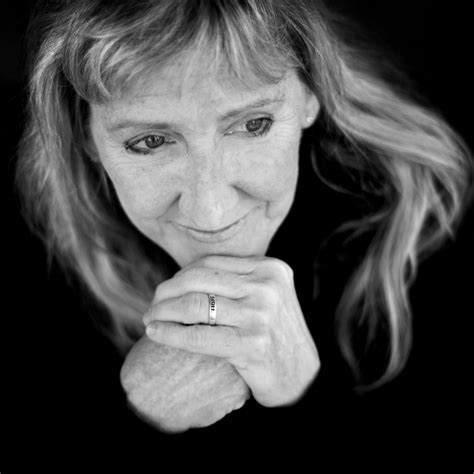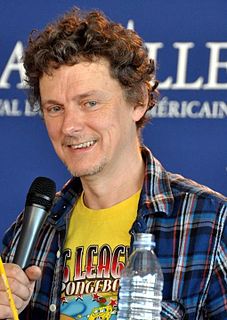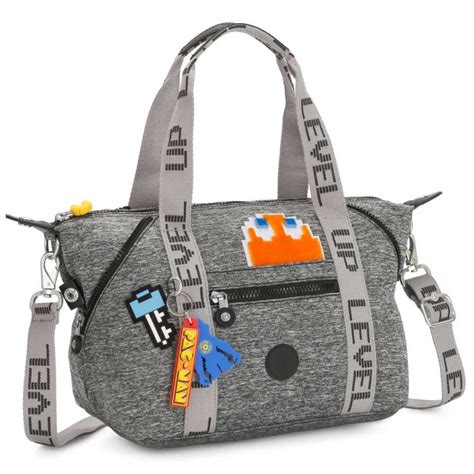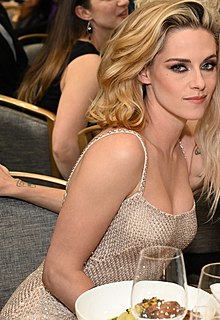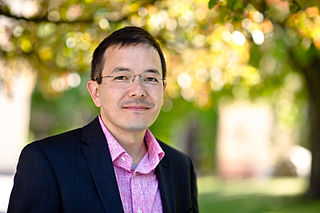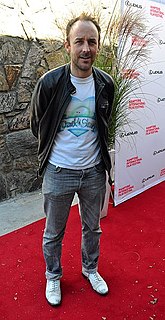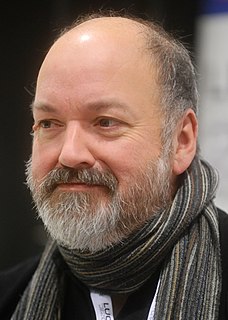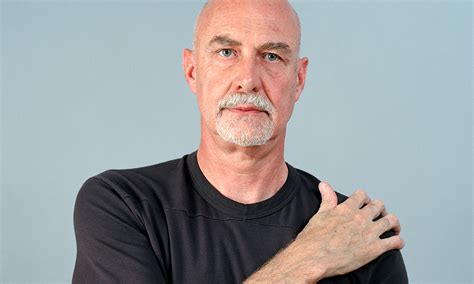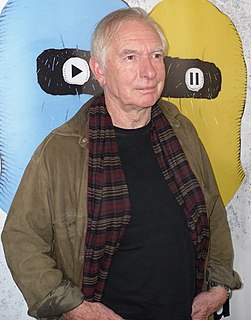A Quote by Carol Guzy
Everybody hates to edit my film. Back in the day, we called it film - now, my digital cards. But I shoot an awful lot of pictures. I don't want to hesitate, because I believe the moment is everything in a picture. So, I take the pictures.
Related Quotes
We take pictures because we can't accept that everything passes, we can't accept that the repetition of a moment is an impossibility. We wage a monotonous war against our own impending deaths, against time that turns children into that other, lesser species: adults. We take pictures because we know we will forget. We will forget the week, the day, the hour. We will forget when we were happiest. We take pictures out of pride, a desire to have the best of ourselve preserved. We fear that we will die and others will not know we lived.
With all the hype that computer graphics has been getting, everybody thinks there's nothing better than CGI, but I do get a lot of fan mail saying they prefer our films to anything with CGI in it. I'm grateful for that, and we made them on tight budgets, so they were considered B-pictures because of that. And, now here we are, and they've outlasted many so-called A-pictures.
Nowadays, when you make movies, you don’t need any lights at all. You have to remember, back in the day, the film stocks that they had were very, very insensitive and they would have these humongous lights and lighting was everything, so everyone looked good. Nowadays with digital film where you don’t need any light at all, you could shoot in the [bleep] dark. It makes people not look so good and it makes aging on film much, much harder.
But actually making pictures to look like my pictures, I've done it for so long, I'm kind of used to it now. So at the beginning of the process, designing and storyboarding everything, I sort of did all that. And then designed the characters, and doing the textures for the characters, and the texture maps to cover all the animated characters and the sets, I did those, because that's where my sort of coloring and textures get imprinted on the film.
To an ever greater extent out experience is governed by pictures, pictures in newspapers and magazines, on television and in the cinema. Next to these pictures firsthand experience begins to retreat, to seem more and more trivial. While it once seemed that pictures had the function of interpreting reality, it now seems they have usurped it. It therefore becomes imperative to understand the picture itself, not in order to uncover a lost reality, but to determine how a picture becomes a signifying structure of its own accord.
Various studios are still shooting on film with digital grain and the DI negatives, it's not ideal. We should really be all film or all digital. But that being said, the old way of graining in the camera, now you can make changes like a painter. It's dangerous because you can ruin the film, you can over-fiddle. We've all seen films and gone 'what the hell is that?'
